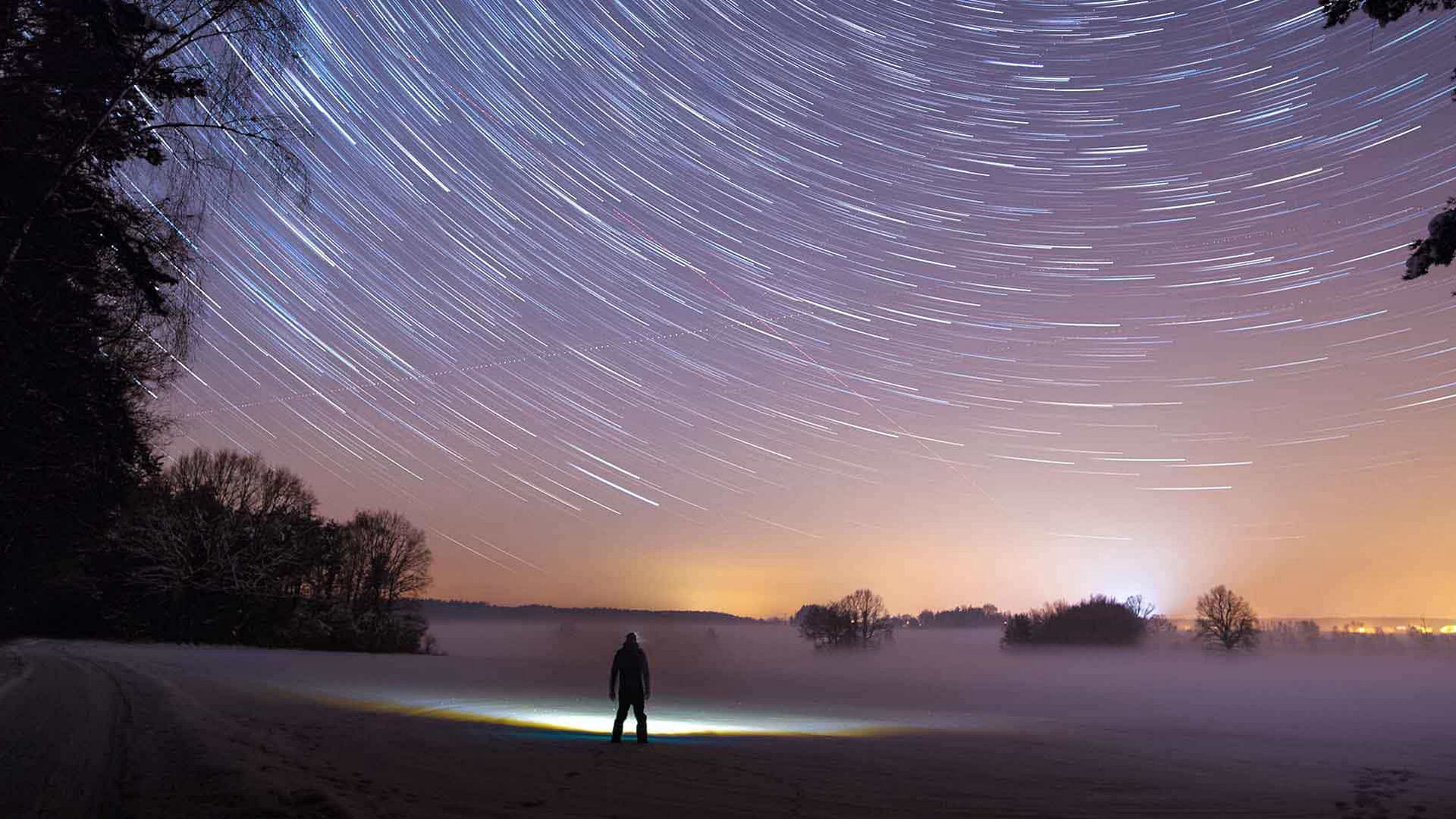Stargazing for beginners: 5 essential tips

We recently revealed three reasons why you should start a stargazing journey. Today we’d like to provide you with some tips on how to actually do stargazing. Let’s get started!
1. Get yourself a stargazing tool
It doesn’t mean that you have to rush for a telescope right away. The type of stargazing tool depends on what you’re looking for. If you want to observe deep-sky objects, a telescope is a must-have. Most of the planets are visible with the naked eye. If you want to notice more details and maybe even see the lunar surface, a pair of binoculars would be useful.
But there are other tools beyond binoculars or telescopes. The most convenient one is a stargazing app — Star Walk 2. It’s cheaper than optics, combines both binoculars and telescope features, and stays with you as long as you have a smartphone in your pocket. The app will help to track down celestial objects, show what’s in the sky with the augmented reality feature, and more.
2. Watch the Sun and the Moon
Those are the most noticeable sky objects, you can see them practically everywhere without any special knowledge. Of course, don’t watch directly at the Sun, but try to notice the point on the horizon where it rises or sets and how this point is changing over different seasons.
See how the Moon moves from night to night with respect to nearby stars and planets. Does it appear thinner or fatter day by day? Learn more about lunar phases and try to watch the Moon at the same time each night to follow its path. Check yourself with the “Sky Live” section in Star Walk 2. It displays the planet chart, including lunar phases at various times and dates.
3. Stay informed
To get more information, subscribe to magazines (Sky and Telescope), astronomy-related websites (EarthSky), and social media for stargazers. They provide the latest astronomical news and offer advice on how and when to observe various celestial events. There is also the “What’s new” section in the Star Walk 2 app and on the Star Walk website. It provides you with the latest news from the world of astronomy.
4. Choose a place
Of course, if you have a chance to get away from city lights, do it — you’ll get a better observation position! Find an open space with a tree or a building, something that can hide you from the possibly interfering moonlight.
You definitely can’t observe constellations or meteor showers from major cities. The light pollution will wash out most of the stars for your vision; however, you might be able to catch some planets. There is a solution — Star Walk 2 will help you to observe stars, constellations, and other space objects even from your apartment. With the augmented reality feature, it immerses you in the night sky from wherever you are.
5. Don’t be afraid
It’s okay to make mistakes and ask more experienced people for help. There is nothing wrong if you occasionally (once or twice) mistake Jupiter for Mars. Take more time for observation and pay closer attention to details. Of course, online astronomical articles and apps are useful, and we’re lucky to have them, but there is nothing more helpful than exploring the night sky with your own eyes. Use imagination to find more star patterns, follow the lunar phase, search for bright meteors, and Star Walk 2 will be there to consult you.
Happy stargazing!